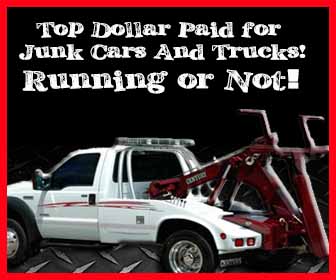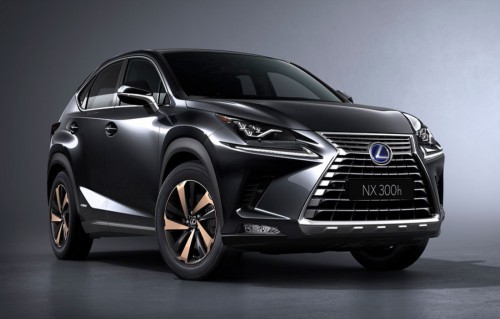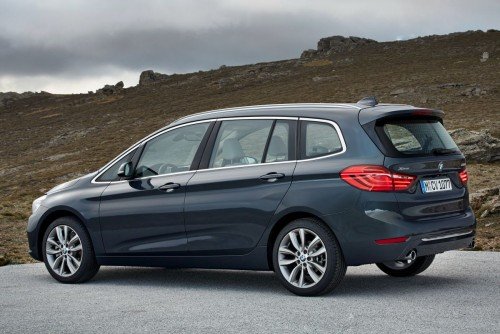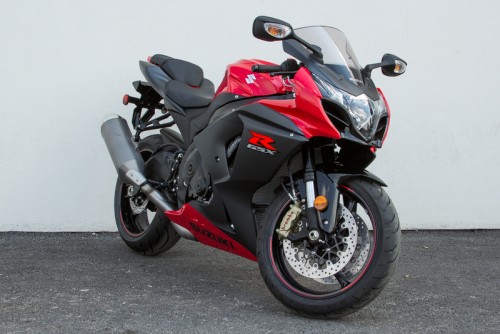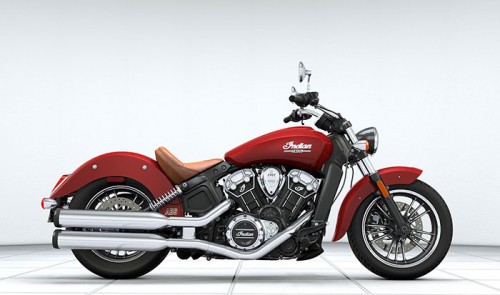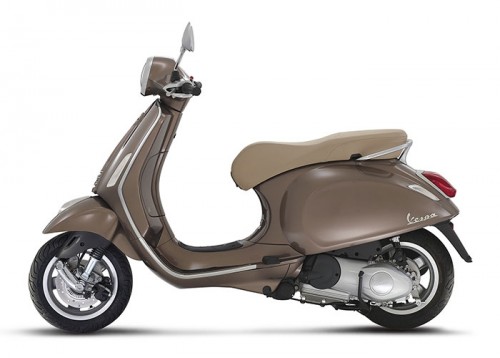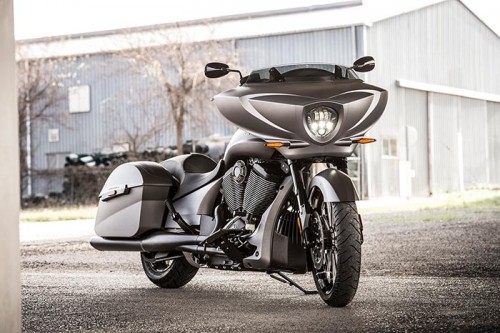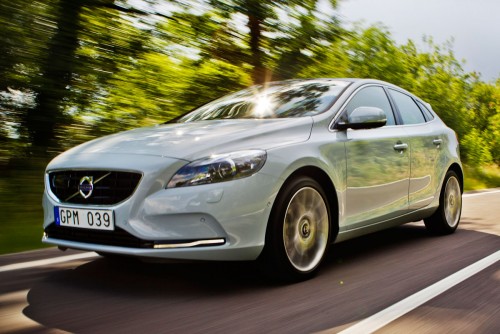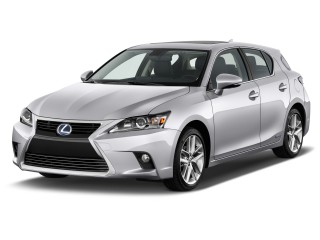About Porsche
Corporate structure
Porsche SE was created in June 2007 by renaming the old Dr. Ing. h.c. F. Porsche AG, and became a holding company for the families' stake in Porsche Zwischenholding GmbH (50.1%) (which in turn held 100% of the old Porsche AG) and Volkswagen AG (50.7%). At the same time, the new Dr. Ing. h.c. F. Porsche AG (Porsche AG) was created for the car manufacturing business. In August 2009, Porsche SE and Volkswagen AG reached an agreement that the car manufacturing operations of the two companies would merge in 2011, to form an "Integrated Automotive Group". The management of Volkswagen AG, which had resisted relinquishing the power to control, agreed to be owned by Porsche SE in return for VW AG acquiring ownership of Porsche AG.
As of the end of 2013, the 50.76% control interest in VW AG is the predominant investment by Porsche SE, and Volkswagen AG in turn controls brands and companies such as Volkswagen, Audi, SEAT, Škoda, Bentley, Bugatti, Lamborghini, Porsche AG, Ducati, VW Commercial Vehicles, Scania, MAN, as well as Volkswagen Financial Services.
Dr. Ing. h.c. F. Porsche AG (which stands for Doktor Ingenieur honoris causa Ferdinand Porsche Aktiengesellschaft), is responsible for the actual production and manufacture of the Porsche automobile line. The company currently produces Porsche 911, Boxster and Cayman sports cars, the Cayenne and Macan sport utility vehicles and the four-door Panamera.
History
Origin
During World War II, Volkswagen production turned to the military version of the Volkswagen Beetle, the K�belwagen, 52,000 produced, and Schwimmwagen,[15] 15,584 produced. Porsche produced several designs for heavy tanks during the war, losing out to Henschel & Son in both contracts that ultimately led to the Tiger I and the Tiger II. However, not all this work was wasted, as the chassis Porsche designed for the Tiger I was used as the base for the Elefant tank destroyer. Porsche also developed the Maus super-heavy tank in the closing stages of the war, producing two prototypes.
At the end of World War II in 1945, the Volkswagen factory at KdF-Stadt fell to the British. Ferdinand lost his position as Chairman of the Board of Management of Volkswagen, and Ivan Hirst, a British Army Major, was put in charge of the factory. (In Wolfsburg, the Volkswagen company magazine dubbed him "The British Major who saved Volkswagen.") On 15 December of that year, Ferdinand was arrested for war crimes, but not tried. During his 20-month imprisonment, Ferdinand Porsche's son, Ferry Porsche, decided to build his own car, because he could not find an existing one that he wanted to buy. He also had to steer the company through some of its most difficult days until his father's release in August 1947. The first models of what was to become the 356 were built in a small sawmill in Gm�nd, Austria. The prototype car was shown to German auto dealers, and when pre-orders reached a set threshold, production was begun. Many regard the 356 as the first Porsche simply because it was the first model sold by the fledgling company. Porsche commissioned a Zuffenhausen-based company, Reutter Karosserie, which had previously collaborated with the firm on Volkswagen Beetle prototypes, to produce the 356's steel body. In 1952, Porsche constructed an assembly plant (Werk 2) across the street from Reutter Karosserie; the main road in front of Werk 1, the oldest Porsche building, is now known as Porschestrasse. The 356 was road certified in 1948.
Company logo
Porsche's company logo was based on the coat of arms of the Free People's State of W�rttemberg of former Weimar Germany, which had Stuttgart as its capital (the same arms were used by W�rttemberg-Hohenzollern from 1945-1952, while Stuttgart during these years were the capital of adjacent W�rttemberg-Baden). The arms of Stuttgart was placed in the middle as an inescutcheon, since the cars were made in Stuttgart. The heraldic symbols were combined with the texts "Porsche" and "Stuttgart", which shows that it is not a coat of arms since heraldic achievements never spell out the name of the armiger nor the armigers home town in the shield.
W�rttemberg-Baden and W�rttemberg-Hohenzollern became part of the present land of Baden-W�rttemberg in 1952 after the political consolidation of West Germany in 1949, and the old design of the arms of W�rttemberg now only lives on in the Porsche logo. On 30 January 1951, not long before the creation of Baden-W�rttemberg, Ferdinand Porsche died from complications following a stroke.
EU and the Volkswagen Law
Volkswagen and its principal factory (with the newly built town that hosted it, called Wolfsburg today) were designed by Ferdinand Porsche and his design office, and the factory with supporting town facilities were established by the German government then led by National Socialist (Nazi) Party in 1937-1938. When the government-owned Volkswagenwerk GmbH was privatized in 1960 into Volkswagen AG (VW AG), German parliament enacted the law known as Volkswagen Law to govern the privatization process. In order to maintain government control in the privately owned company, the law stipulated that the votings on major shareholder meeting resolutions will require 4/5th (80%) agreement. This effectively gave any shareholder with more than 20% ownership (the government of Lower Saxony held 20.1%) to veto any resolution that is proposed. This not only secured the government control, but also prevented the possibility of a hostile takeover in the future.
When European Union was formed in 1993, European Union law was signed with the principles to promote free movement of goods, people and capital within the Union. It became somewhat clear that the anti-takeover measure (the 80% agreement requirement) in Volkswagen Law would violate the European company law (as a part of the EU law), and it was feared that suiters will eventually be able to take over Volkswagen AG, as amendments to the German law and the bylaws of VW AG were seen to be likely.
In late 2005, Porsche took an 18.65% stake in the Volkswagen Group, further cementing their relationship, and preventing a takeover of Volkswagen Group, which was rumoured at the time. Speculated suitors included DaimlerChrysler AG, BMW, and Renault. As of June 2006, the Porsche AG stake in VW AG had risen to 25.1%, giving Porsche the veto rights along with the government.
On 26 March 2007, amidst the rumors that hedge funds are trying to takeover VW AG with the intent to dismantle and dispense the components of Volkswagen Group, Porsche took its holding of Volkswagen AG shares to 30.9%, triggering a takeover bid under German law which required other shareholders to be given the opportunity to sell the shares at least at the price paid by the new major shareholder. Porsche then formally announced in a press statement that it did not intend to take over Volkswagen Group (it would set its bid price at the lowest possible legal value) but intended to move to avoid a competitor taking a large stake. Porsche's move came after the European Union announced that it intends to take steps against the Volkswagen Law.
In October 2007, the European Court of Justice ruled against the law, potentially paving the way for a takeover.
On 16 September 2008, Porsche increased its holdings to 35.14%, in effect almost taking control of the company, with more than 35% of the voting rights. It again triggered a takeover bid, but this time over Audi AG. Porsche dismissed the bid as a mere formality, since it was Porsche's intention to keep the corporate structure of the Volkswagen Group




 Home
Home






